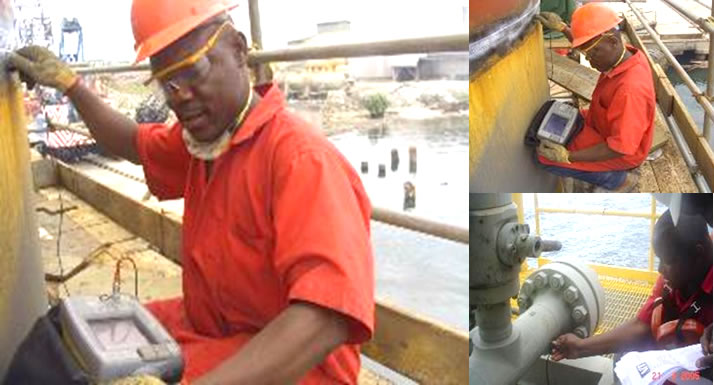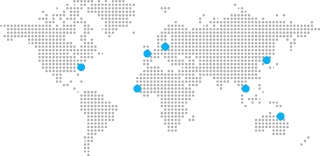Ultrasonic Testing

Ultrasonic Testing is also a kind of Volumetric Test technique employed to detect flaws inside Cast/Forged components and weldments.
This technique uses ultrasound waves which cannot be heard by human being (0.1-15 MHz).
Ultrasonic waves are introduced into a material where they travel in a straight line at a constant speed until they encounter a surface/Flaw. At surface/flaw interface some/full of the wave energy is reflected and some is transmitted. The amount of reflected or transmitted energy can be detected and provides information about the size of the reflector/defect. The travel time of the sound can be measured and this provides information on the distance that the sound has traveled.
Now a day various types of methods & equipments are developed for Ultrasonic Testing like A-Scan, B-Scan, C-Scan, TOFD ( Time Of Flight Diffraction), Phased Array.
A-Scan is most common method used to detect flaws.
Career path
Adding expertise by achieving additional methods/techniques certification improves your job opportunities and options and often leads you down a more fulfilling and exciting career path.
Advantages
- Depth of penetration for flaw detection or measurement is superior to other methods.
- Only single-sided access is needed when pulse-echo technique is used.
- High accuracy in determining reflector position and estimating size and shape.
- Electronic equipment provides instantaneous results.
- Detailed images can be produced with automated systems.
- Have other uses such as thickness measurements, in addition to flaw detection.


